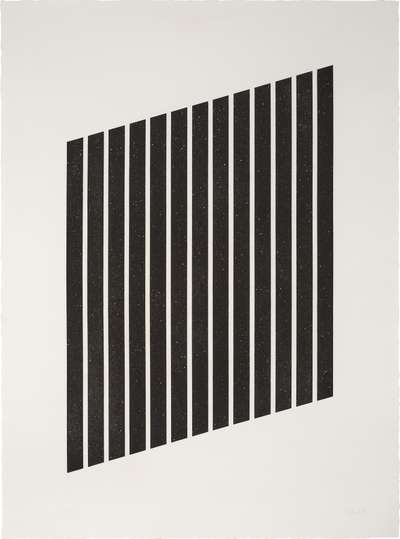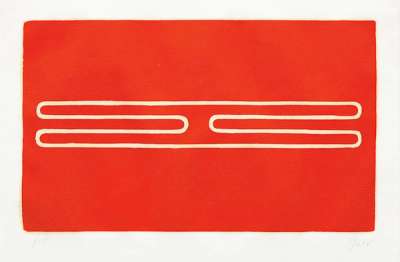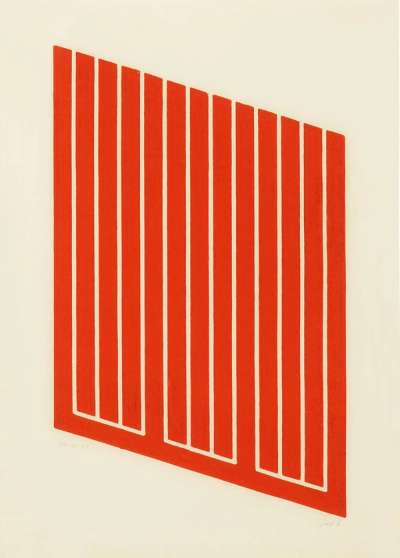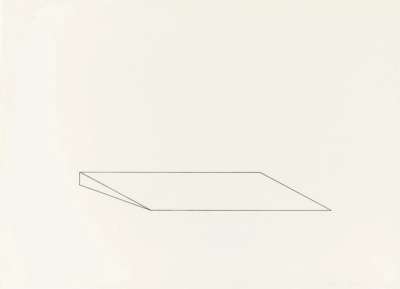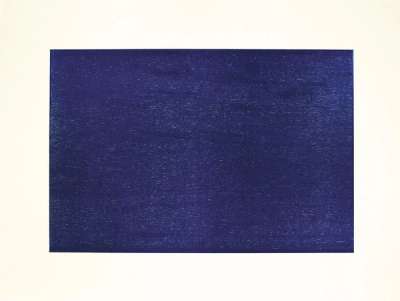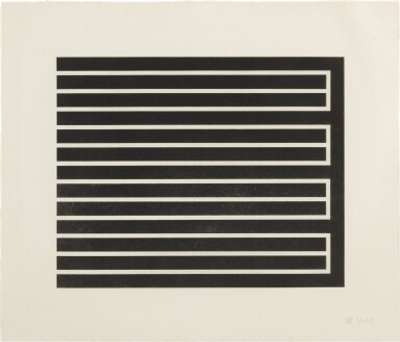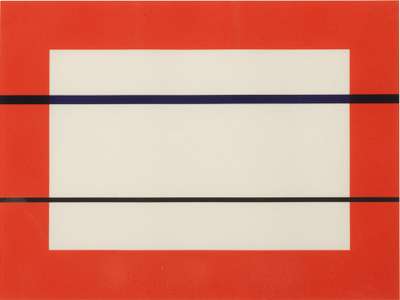Donald
Judd
Donald Judd, renowned for his minimalist creations, revolutionised contemporary art with his minimalist approach to form, space, and colour. If you’re looking for original Donald Judd prints and editions for sale or would like to sell, request a complimentary valuation and browse our network’s most in-demand works.
Notable series
Donald Judd art for sale
Discover Donald Judd prints for sale, exclusively available through our private network of collectors. Explore signed and unsigned screenprints, lithographs, digital prints, and rare editioned proof prints by era-defining blue chip artists.
Sell Your Art
with Us
with Us
Join Our Network of Collectors. Buy, Sell and Track Demand
Biography
Donald Judd was born in 1928 in Missouri and began his artistic journey against the backdrop of post-World War II America. After studying at the Art Students League and Columbia University in New York, Judd initially pursued painting before shifting his focus to the three-dimensional form. This transition marked the beginning of his lifelong exploration of space, colour, and form. His early works, characterised by simplicity and a rejection of classical art forms, laid the foundation for what would become a groundbreaking approach in minimalist art.
Judd's professional career gained momentum around the 1960s, with his work being featured in prominent exhibitions between the United States and Europe. He became known for his stacks and boxes—repetitive geometric structures that played with perceptions of space. These works, often crafted from industrial materials like aluminium, steel, and Plexiglas, created a new medium intersecting sculpture and architecture. Judd's emphasis on the object as a whole, devoid of symbolism or metaphorical meanings, established him as a pivotal figure in the minimalist movement. His later years saw continued exploration of large-scale installations and the integration of his works into natural environments, solidifying his legacy as an innovator in contemporary art.
Throughout his career, Donald Judd was recognised for his uncompromising vision and commitment to material integrity. His significant early projects included specific works designed for gallery spaces, emphasising the relationship between the artwork, the viewer, and the environment. This approach was epitomised in his installation at the Green Gallery in New York in 1963, an event that helped position him as a leading figure in minimalist art. Judd's collaboration with industrial materials and his focus on the object itself as the carrier of aesthetic experience broke new ground in the art world.
Judd's influence extended beyond his sculptures and installations. He was a prolific writer and critic, advocating for the autonomy of art and challenging the prevailing art establishment. His essays on art and practice were instrumental in shaping the dialogue around contemporary art in the 20th century. Judd's legacy is further cemented by his impact on Marfa, Texas, where his large-scale installations and architectural interventions transformed the small town into an iconic destination for contemporary art enthusiasts.














